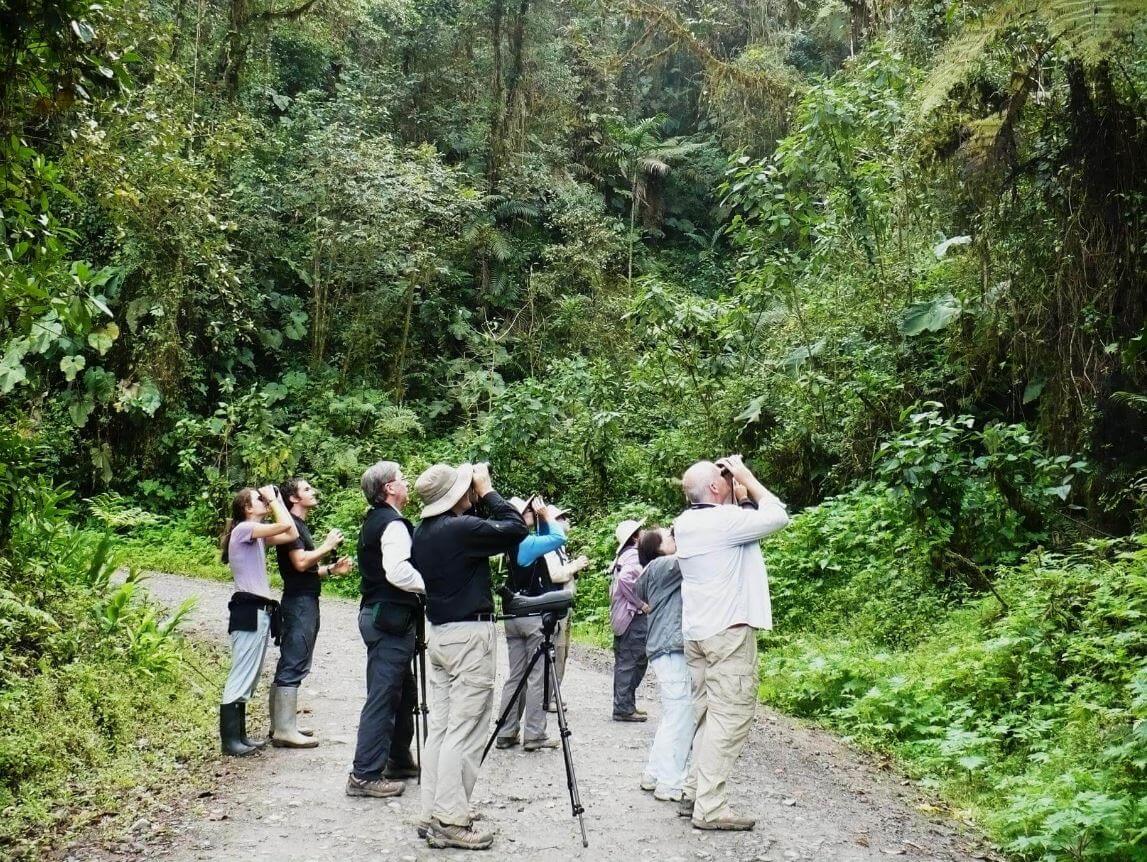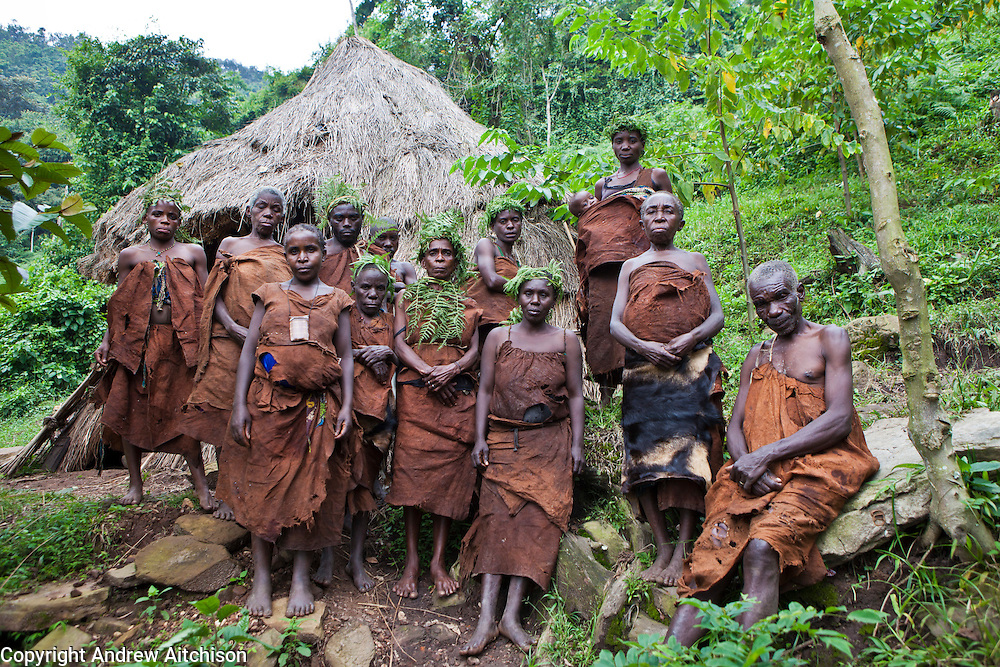Bwindi Impenetrable forest National Park

Bwindi Impenetrable National Park lies in southwestern Uganda on the edge of the Rift Valley. Its mist-covered hillsides are blanketed by one of Uganda's oldest and most biologically diverse rainforests, which dates back over 25,000 years and contains almost 400 species of plants. More famously, this “impenetrable forest” also protects an estimated 400 mountain gorillas – roughly half of the world’s population, including several habituated groups, which can be tracked. This biologically diverse region also provides shelter to a further 120 mammals, including several primate species such as baboons and chimpanzees, as well as elephants and antelopes. There are around 350 species of birds hosted in this forest, including 23 Albertine Rift endemics.
Geography and climate
Bwindi Impenetrable National Park is located in southwestern Uganda covering an area of 331 square kilometers. The park is bordered by The Democratic Republic of Congo in the western side of the park; Kabale town to the southeast is the nearest main town to the park, 29 kilometres away by road. The park is located at the edge of the Western Rift Valley in the highest parts of the Kigezi Highlands, which were created by up-warping of the Western Rift Valley. The topography of the park is very rugged, with narrow valleys intersected by rivers and steep hills. Altitudes in the park range from 1,190 to 2,607 meters above sea level, with 60% of the park having an elevation of over 2,000 meters above sea level. The highest elevation in the park is Rwamunyonyi hill at the eastern edge of the park and the lowest part of the park is located at its most northern tip. Bwindi Impenetrable Forest has a tropical climate with the annual mean temperature ranging from a minimum of 7–15°C to a maximum of 20–27°C. Its annual rainfall ranges from 1,400 to 1,900 millimeters. Peak rainfall occurs from March to April and from September to November. The park's forest plays an important role in regulating the outside area's environment and climate.Biodiversity
The park is most recognized for the stimated 400 mountain gorillas, half of the world’s population of the critically endangered Mountain Gorillas, although it is sanctuary for the chimpanzees, many birds and the colobus monkeys. The Mubare gorilla group was the first to become available for tourism in Uganda in April 1993. Nine groups are now habituated for tourism, and one for research. Bwindi was gazetted as a National Park in 1991 and declared a UNESCO Natural World Heritage Site in 1994.
Tourism
Gorilla Tracking is the park's main tourist attraction.Tourists can visit the park any time throughout the year, although conditions in the park are more difficult during the rainy season. Available tourist accommodation includes lodges notably Lake Mutanda Chameleon Hill Lodge, Clouds Mountain Gorilla Lodge, Gorilla Safari Lodge, all these serve the southern Bwindi with several habituated Gorilla groups, On the side of Ruhija, Gorilla Mist Canmp and Ruhija Gorilla Lodge stand out and on the side of Buhoma Northern side we have Gorilla Forest Camp, Buhoma Lodge, Volcanoes Bwindi Lodge, Engagi Lodge, Gorilla Resort, Mahogany springs, Silver Back lodge and many other budget options.Opportunities abound to discover the local Bakiga and Batwa Pygmy cultures through performances, workshops and village walks.

